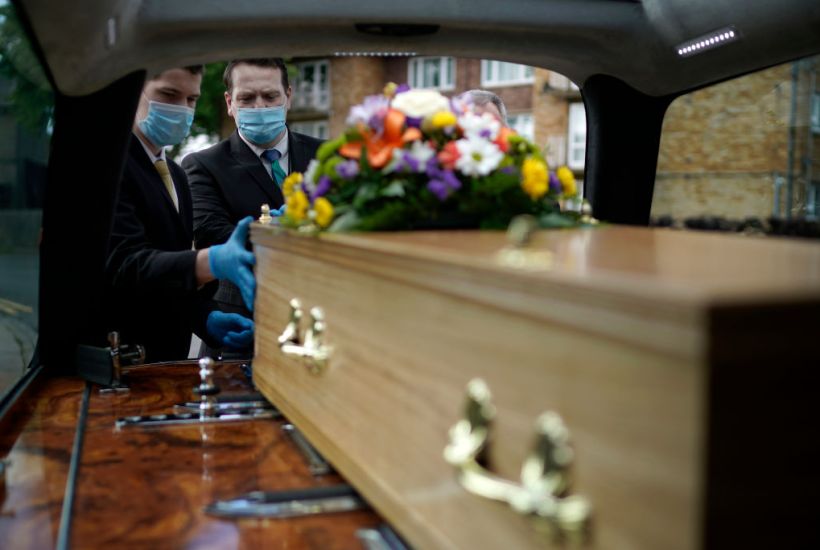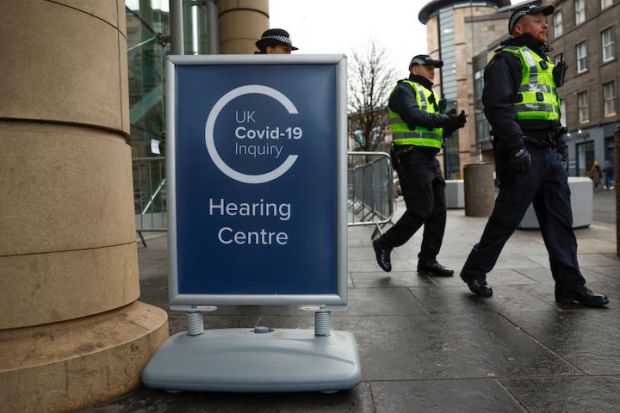The latest data on weekly deaths in England and Wales, published today by the Office of National Statistics, show what could be the beginning of a disturbing trend. From mid-June to mid-July, the number of excess deaths has been running at below the five-year average. But for the second week running, that has reversed: in the week ending 21 August there were 9,631 deaths, 474 higher (5.2 per cent) than the five-year average for this week of the year. The rise does not appear to have been caused by any increase in deaths from Covid-19, however. On the contrary, there were just 138 deaths for which the death certificate mentioned Covid-19 – the lowest for 22 weeks.
When the week ending 14 August revealed that deaths had risen above the five-year average, the heatwave was suggested by some as a factor. Certainly, deaths tend to rise during heatwaves. But by the week of the 15 to 21 August, the heatwave was over. There may be a delayed reaction to the heat, as elderly people succumbed to conditions associated with dehydration and the like, but might there be another cause of the sharp rise in non-Covid deaths? It is remarkable where the excess deaths have been occurring. While deaths in hospitals and care homes have been running below the five-year average – they were 300 lower than the week ending 21 August – deaths in private homes have been running much higher, with 825 more deaths than would have been expected at this time of year. It is also noticeable that deaths from ‘influenza and pneumonia’ are now running at over ten times those attributed to Covid-19 – they account for 13.4 per cent of deaths, compared with 1.4 per cent for Covid.
This leads to the obvious question: are people dying of non-Covid related conditions because they are failing to access timely healthcare, either because their treatment has been cancelled or because they are too frightened to seek medical attention? It wouldn’t be unexpected. The Department for Health and Social Care published its own projections in July, which attempted to estimate the effects of lockdown on non-Covid deaths. It suggested that eventually, more people could die as a result of lockdown – from its effect on the NHS and society – than directly from Covid-19. It made this point in the context that it believed deaths from Covid-19 would have been much higher had it not been for lockdown – something which, of course, we will never know.
The difference is that, while the majority of Covid deaths came in a spike through March and April, the deaths from the effects of lockdown will be spread over a much longer timeframe – people may still be dying in five years’ time as a result of cancers which could have been, but weren’t, detected during the Covid crisis.
The question now is, will this rising trend in non-Covid related deaths continue to be picked up in the Office of National Statistics’ figures – and what effect will this have on public opinion of the government’s handling of Covid-19, once we realise the ongoing toll of lockdown?
Got something to add? Join the discussion and comment below.
Get 10 issues for just $10
Subscribe to The Spectator Australia today for the next 10 magazine issues, plus full online access, for just $10.





















Comments
Don't miss out
Join the conversation with other Spectator Australia readers. Subscribe to leave a comment.
SUBSCRIBEAlready a subscriber? Log in